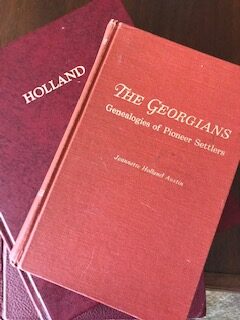Lancaster County Genealogy Records, Wills, Estates, Marriages
One of the most important personal estates which came before the court of Lancaster between 1690 and 1700 was that of John Carter, Sr., valued at 2260 pounds. Smaller estates in the counties of Lancaster and Westmoreland were those of David Myles, 320 pounds, John Washington, 377 pounds and John Pritchard, 476 pounds. In the case of the latter, the personalty included debts owed him of 30 pounds and 101,307 pounds of tobacco.
Sources: Virginia Magazine of History and Biography, Vol. II, p. 236; Records of Lancaster County, Vol. 1674-1687, p. 36 and 1675-1689, orders, 8 Feb 1674.
Marriages
- Marriages to 1699
Miscellaneous Estates
- Ball, Hannah, LWT (1694) (image)
- Cheatwood, Thomas- Inventory of Estate (1678) (image)
- Haynes, Thomas, LWT (1679) (image)
- King, William, LWT
- Pinckard, James, LWT (1751)
- Pinckard, Mary, LWT (1749)
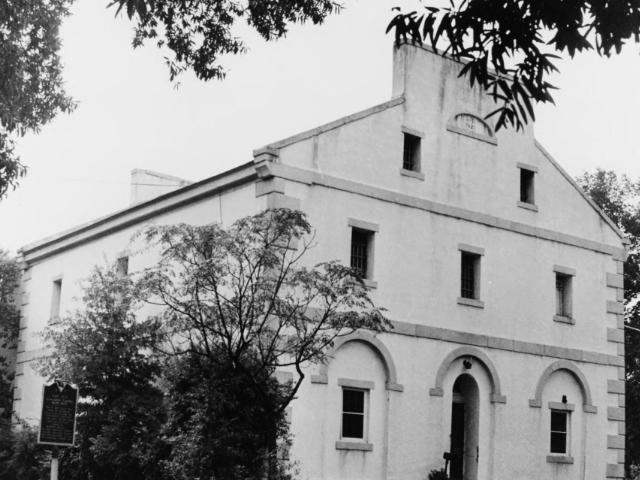
Digital Images of Wills 1700 to 1719
Ashford, John |Ball, Joseph | Batt, Margaret | Bostwick, Robert | Brightman, William | Burkley, Thomas | Bradley, John | Carter, Thomas | Chapman, William | Chappell, William | Chilton, George | Christian, Oliver | Clark, Nicholas | Davenport, William | Dillon, Stephen | Draper, Josias | Fox, Hanah | Garton, William | George, Nicholas | Glass, Joseph | Harrot, Thomas | Hart, John | Harvard, George | Heard, William | Hill, Job | Horton, Robert | James, Daniel | Kilgore, Peter | Ladner, Hugh | Landor, Duke | Laurie, John | Lawne, James | Lawson, Rowland | Lawne, John | Lot, Thomas | Lyne, Thomas | Margae, John | Mewzoy, David | Moore, Francis | Moore, John | Morinton, Thomas | Nash, William | Nickolson, Francis | Parfitt, Thomas | Payne, Richard | Pitman, John | Pollard, Robert | Price, Elinor | Roberson, Landers | Robinson, John | Rott, Brian | Sharp, John | Sharp, Margaret | Shaw, John | Stonum, Henry | Straton, James | Sweatman, John | Taylor, Job | Tillman, Elizabeth | Timson, Percival | Wales, Benjamin | Walis, Francis | Wells, Robert | Williams, Rodger | Wills, John | Wren, Nicholas | Wren, William | Young, Robert.
Traced genealogies and family histories of Lancaster County available to Members !
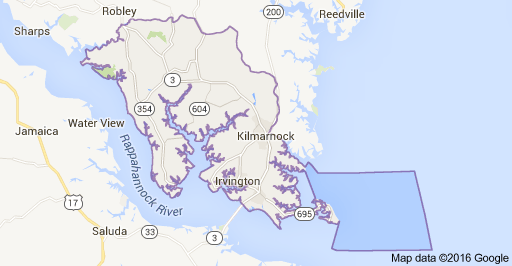
Clerics from England
Rev. Benjamin Doggett came from Ipswich, England to Virginia during the middle of the 17th century. He was a minister in Lancaster County and died in 1682. His baptism of Benjamin Doggett is recorded in the Register of St. Mary-le-Tower Church in Ipswich, Suffolk. Benjamin was the youngest of six children of William Doggett, serving as a church warden when Benjamin was born. Otherwise, he was a merchant of Woolen and other fabrics in Ipswich. According to the records of St. Johns College and the University of Cambridge, Benjamin attended a private school in Westminster (London) and his headmaster was Mr. Crouch. In 1654 He was admitted to St. John’s College, University of Cambridge and was matriculated on 7 April 1655. Source: Origins (of first settlers) available to members of Virginia Pioneers.
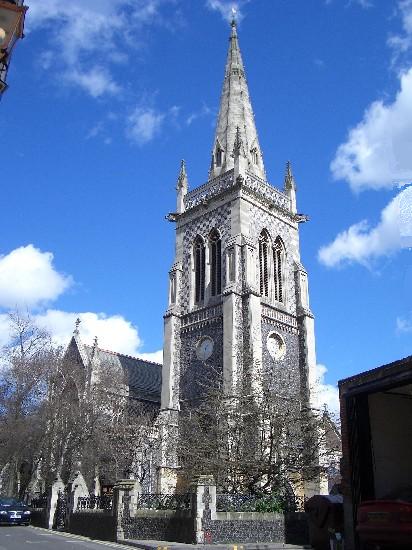
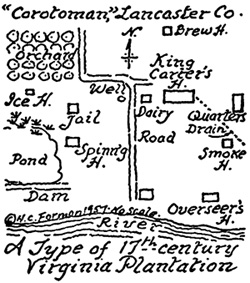
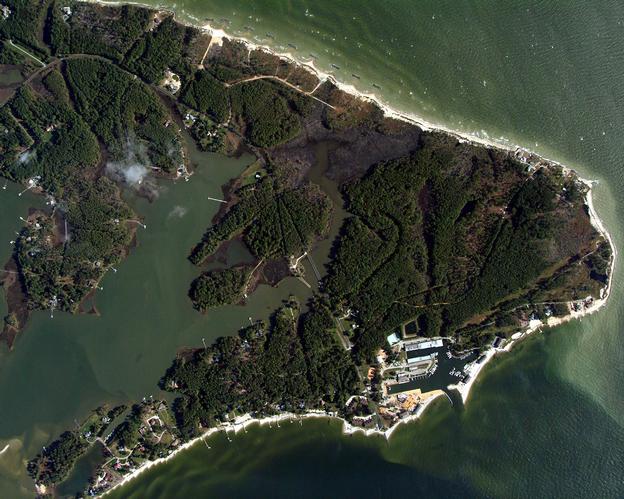
The Rural Homestead
During the 17th century, the English rural homestead was usually placed along the Chesapeake By, or upon one of its tidewater tributaries. Behind the main house, or on either side of it, were out houses which were usually arranged in rows or around courtyards. The water served as the principal highway, and the plantation depended upon it. Certain Indian paths became narrow lanes for carts which assisted in reaching the oldest interior roards in Virginia which extended from Jamestown to Middle Plantation, now Williamsburg. Other than the mansion-house there were offices, kitchens and bake houses, slave quarters, school houses, dairies, barns, stables, granaries, smoke houses, spring houses, and dovecots. Also, dwellings for servants, spinning houses, smithies, tan houses, bin houses, well houses, hogsties, cornhouses, and guest houses. The gardens were sometimes called “hortyards” and included summerhouses, greenhouses, and arbors. Then there were bloomeries and ironworks, wharves for landing goods, called “bridges,” warehouses, windmills, watermills, sawmills, glassworks, silkhouses, brick and pottery kilns, lime kilns, saltworks, and blockhouses. For all intents and purposes such grandiose estates were self-sustaining. Those goods not produced in Virginia were exported from England at considerable cost and were usually landed upon the wharf in front of the plantation-dwelling. The kitchen outhouse was frequently placed at a distance from the dining room because that was the medieval custom of carrying food across the service courtyard. The wooden parts of these edifices were painted, proven by importations of color pigments and oils to make paint.
How Good is our Memory?
